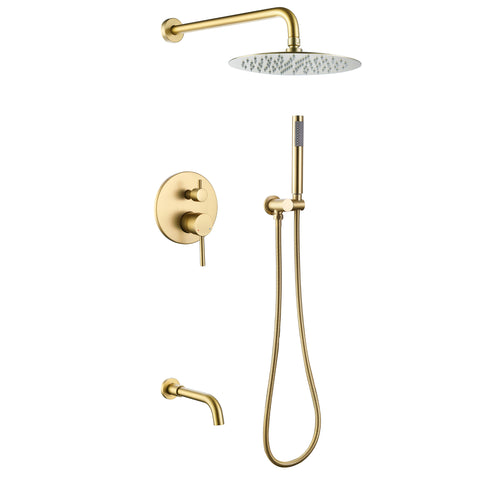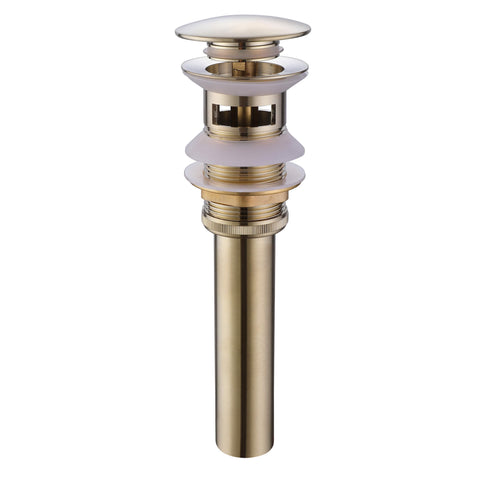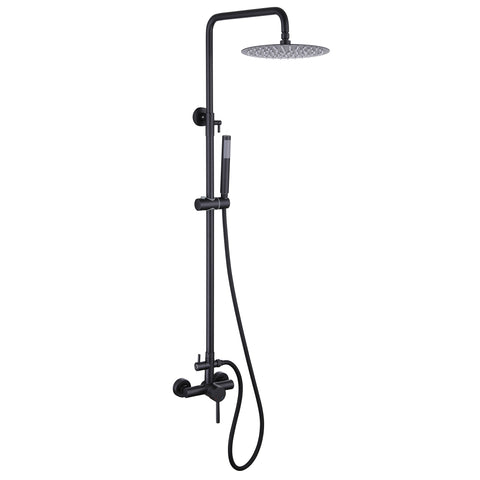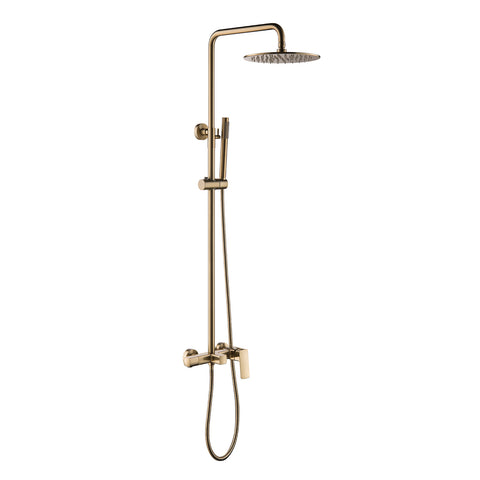How to Repair Different Types of Leaks in a Faucet?
A leaky faucet can be a nuisance in your home. Not only does it waste water and increase your water bill, but the constant dripping can also be quite irritating. The good news is that fixing a leaky faucet is often a straightforward DIY task that doesn't require advanced plumbing skills. In this guide, we will walk you through the steps to repair different types of leaks in a faucet, so you can regain control over your water usage and enjoy a peaceful, drip-free environment.
Types of Faucet Leaks
Faucets come in various styles, and each type may experience different types of leaks. Here are the most common bathroom faucet leaks you might encounter:
- Dripping From the Spout: This is the most common type of faucet leak and is often caused by a worn-out washer or cartridge.
- Leaking Around the Base: Water leaking from the base of the faucet typically indicates a problem with the O-ring or gasket.
- Leaking From the Handle: A leak around the faucet handle can be due to a faulty valve stem or a damaged cartridge.
- Spraying or Splashing: If your faucet is causing water to spray or splash unevenly, it might be due to a clogged aerator.
Now, let's dive into the step-by-step instructions to repair these various types of leaks.
Tools You'll Need
Before you begin any faucet repair, gather the necessary tools and materials:
- Adjustable wrench
- Screwdriver
- Replacement parts (washer, O-ring, cartridge, etc.)
- Plumber's tape
- Bucket or towel (to catch water)
- Cleaning supplies (if dealing with mineral deposits)
Repairing Different Types of Faucet Leaks
Dripping From the Spout:
a. Turn off the water supply to the faucet.
b. Remove the faucet handle. This might involve prying off a decorative cap and using a screwdriver to access the screw underneath.
c. Once the handle is removed, you'll find a stem or cartridge. Remove it.
d. Check the washer or cartridge for wear and tear. Replace it if necessary.
e. Reassemble the faucet, turn the water supply back on, and check for leaks.
Leaking Around the Base:
a. Turn off the water supply.
b. Remove the faucet handle and the stem or cartridge.
c. Inspect the O-ring or gasket around the base. If it's damaged or worn, replace it.
d. Reassemble the faucet and test for leaks.
Leaking From the Handle:
a. Turn off the water supply.
b. Remove the handle and the stem or cartridge.
c. Check the valve stem or cartridge for damage. Replace if necessary.
d. Reassemble the faucet and check for leaks.
Spraying or Splashing:
a. Unscrew the aerator at the tip of the faucet.
b. Clean the aerator thoroughly, removing any debris or mineral deposits.
c. Reassemble the aerator and check if the water flows smoothly.
Maintenance Tips
To prevent future leaks and extend the life of your faucet, follow these maintenance tips:
- Clean your faucet regularly to prevent mineral buildup.
- Be gentle when turning the faucet handles. Avoid using excessive force.
- Fix leaks promptly to avoid further damage.
- Consider installing a water softener if you have hard water, as it can reduce mineral deposits in your faucets.
Conclusion
Repairing a leaky faucet doesn't have to be a daunting task. By identifying the type of leak and following the appropriate steps, you can save money on your water bill and enjoy a quiet, drip-free faucet. Remember, with the right tools and a little patience, you can tackle most faucet leaks yourself. If you ever feel unsure, don't hesitate to seek professional help. A well-maintained faucet not only conserves water but also adds to the overall comfort and efficiency of your home.













